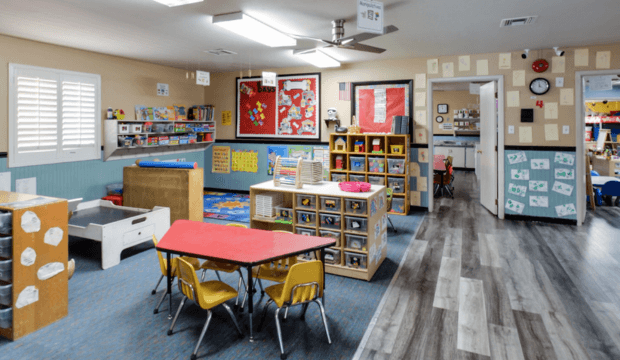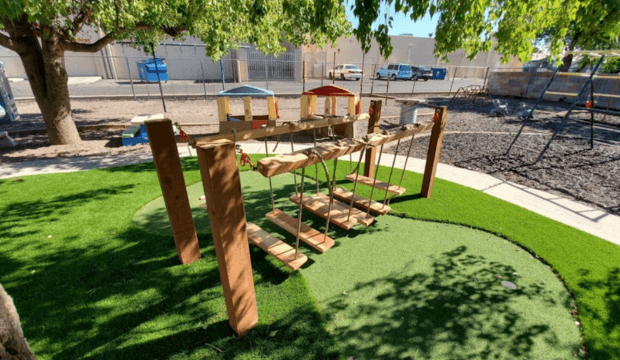Digitag PH: 10 Proven Strategies to Boost Your Digital Presence in the Philippines
Let me be honest with you — when I first started working with brands entering the Philippine market, I assumed a strong product and decent advertising would be enough. But the digital landscape here is as unpredictable as a tiebreak at the Korea Tennis Open. Remember Emma Tauson’s tight hold? That’s what maintaining your digital presence here feels like — one moment you’re leading, the next you’re fighting to stay in the game. I’ve seen global giants stumble while local players, much like unseeded Sorana Cîrstea rolling past Alina Zakharova, surge ahead by understanding the local rhythm. The Philippines isn’t just another market; it’s a dynamic testing ground where only the agile survive.
Over the years, I’ve curated strategies that actually move the needle. Take hyperlocal content, for instance. Around 68% of Filipino internet users engage more with content that reflects their culture and language — not just Tagalog, but even regional dialects like Bisaya or Ilocano. I once advised an e-commerce client to incorporate "salo-salo" themed campaigns during family-centric holidays, and their engagement rates jumped by 47% in just two months. Then there’s the power of community-driven interactions. Filipinos spend an average of 4 hours and 15 minutes daily on social media — highest in the world last I checked. But here’s the catch: they don’t want to be talked at. They want conversations. When you respond to comments personally or feature user-generated content, you’re not just building a brand — you’re building "barkada," or friendship.
Another thing I’m pretty passionate about is mobile optimization. I can’t stress this enough — roughly 92% of Filipinos access the internet via smartphones. If your site takes more than three seconds to load, you’ve already lost nearly half of your potential visitors. I made that mistake early in my career, focusing on sleek desktop designs while ignoring mobile experience. Lesson learned the hard way. Also, let’s talk about platform preference. While everyone’s busy fighting over Facebook ads — still crucial, by the way — platforms like TikTok and Shopee are gaining insane traction. I’ve observed campaigns on TikTok yielding 30% higher conversion rates among the 18-24 age group compared to traditional social ads. It’s like the unexpected upsets at the Korea Open — sometimes, the dark horse platforms bring the real wins.
Of course, SEO can’t be ignored, but I’ve never been a fan of keyword stuffing. Instead, I focus on semantic SEO and local intent. For example, optimizing for "best budget smartphones Philippines" or "saan maganda mag-beach near Manila" captures the way people really search. Voice search is growing, too — about 27% of mobile queries in the Philippines are now voice-based. And partnering with local influencers? Absolutely non-negotiable in my playbook. But choose wisely. I prefer micro-influencers with highly engaged niches over celebrities with broad reach but lower trust. Their recommendations feel like advice from a friend, not an ad.
Looking at the bigger picture, what fascinates me is how the digital scene here keeps evolving — much like how the Korea Tennis Open reshuffles expectations with every match. You think you’ve figured it out, then consumer behavior shifts, new platforms emerge, and you’re back to adapting. But that’s the thrill. Whether you’re a seed advancing smoothly or an underdog surprising everyone, the key is staying authentic, agile, and genuinely connected to the Filipino audience. After all, in a market this vibrant, the real victory isn’t just visibility — it’s becoming part of their daily digital life.



